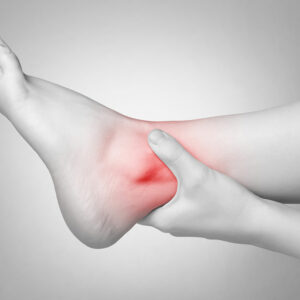
01
12 Common Factors That Could Trigger Migraines
According to the Migraine Research Foundation, 1 in 4 households in the country have someone who suffers from migraines. This number includes around 10% of all children in the country. Despite advances in neurology, migraine is a health condition that is still poorly understood. What neurologists agree on is that migraines are set off by sensory triggers. These triggers, however, differ from individual to individual. If one suffers from migraines, understanding the triggers is very important so as to avoid them and mitigate them. Some of the top migraine triggers have been explained in brief below: Food Foods with strong smells and flavors are some of the common migraine triggers for many people suffering from migraines. Dairy products, chocolate, and cured meats are the most common food triggers. Products that contain Mono Sodium Glutamate (MSG), histamine, and other common artificial food sweeteners and colorings are also common triggers. Food triggers are simple to identify and track. Ensure that one reads the labels on food items before buying. Changes in the weather Weather change is one of the most common causes of chronic migraines. Some of the factors that can cause a migraine are changes in barometric pressure, high heat, and humidity. This also happens when a migraine sufferer moves to a new location where the weather is different. Such triggers are difficult to avoid since the weather is uncontrollable. Common coping tactics include staying indoors in an air-conditioned room as well as scheduling activities according to weather forecasts. Stress According to the American Migraine Foundation (AMF), around 70% of migraine sufferers cite stress as one of the top migraine triggers. For a good number of migraine sufferers, this is a vicious cycle. Getting worried about migraine attacks can bring on anxiety and worry which can elevate stress level and trigger a migraine.
Read More 










